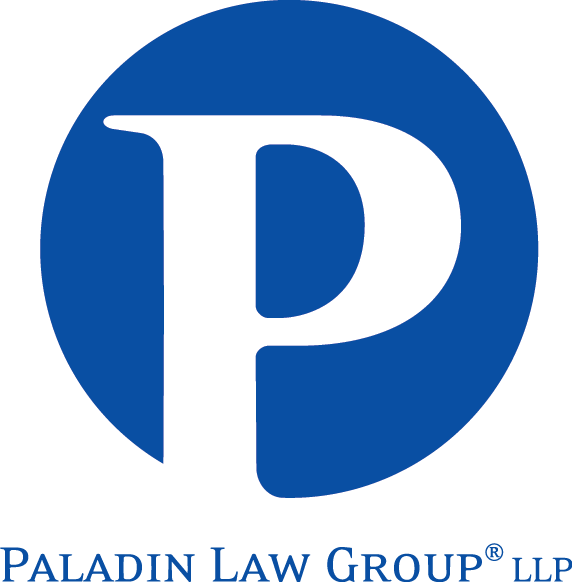How to Survive the PFAS Apocalypse
- November 15, 2019
- Paladin Law Group® LLP
- Publications
- 0 Comments
By Bret Stone and John Till
The metal finishing industry is under intense regulatory scrutiny over a new chemical of concern that has been making headlines all over the country. It’s actually not just one chemical, it’s a family of chemicals called PFAS/PFOS—per- and poly-fluoroalkyl substances. That’s quite a mouthful, but it’s only the beginning: “PFAS” is a catch-all term for well over 3,000 related chemicals. These chemicals are ubiquitous in the environment, in people’s blood streams, and there is increasing concern about their impact on human health. USEPA is so concerned that it announced a “PFAS Action Plan,” detailing the actions it is going to take to protect public health from these substances. Then the California State Water Resources Control Board (“SWRCB”) announced a uniquely proactive sampling program aimed at getting a start on defining the scope of the PFAS contamination problem in California.
Most recently, the SWRCB issued a new “Water Quality Order” targeting chrome plating facilities. It lists by name hundreds of plating or former plating operations coded for electroplating, plating, polishing, anodizing, and coloring. The list is not exhaustive. Many companies escaped being listed, but that won’t last long.
There is so much panic about PFAS/PFOS that the SWRCB sees the plating industry as an easy win as wetting agents/fume suppressants were commonly applied, even required by California for hard chromium electroplating baths.
What’s causing the regulatory hand-wringing is the extremely low concentrations that are being proposed as action levels for these chemicals; cleanup levels are in the parts per trillion and will be enormously expensive to address requiring long-term treatment systems.
Every metal finisher, named on SWRCB’s initial list or not, needs to prepare now. The concern only begins with regulations. The costs for investigation and sampling are expected to be high. PFAS sampling is already required at some open remediation sites. Discovery of PFAS, is likely at many sites because of the ubiquitous nature of these chemicals in the environment. Discovery – will delay closure. Sites previously closed risk being reopened. Next will follow environmental administrative actions and lawsuits. Many have already been filed by private parties, water utilities, and states. The cost of defending those suits will be higher still.
Insurance policies written today typically exclude coverage for this type of pollution claim. But that was not always the case. In the 1960s, for example, liability insurance policies did not contain pollution exclusions. It was not until the early 1970s that the insurance industry started writing policies containing pollution exclusions, but the exclusion contained a glaring exception – the so-called “sudden and accidental” or “unexpected and unintended” exception. These policies may provide coverage for property damage caused by pollution resulting from sudden and accidental events (e.g., dragout, overfill, sewer backup). An “absolute pollution exclusion” was added in the mid-1980s.
Most importantly, and relevant to the SWRCB Order, investigation costs may be included as a defense cost for this claim. That means that hundreds of thousands of dollars investigating the nature and extent of the contamination can be accomplished without reducing policy limits. This is often crucial when only one historic policy can be found as it preserves the indemnity limits for remediation.
The SWRCB Order is a wake-up call. The businesses listed should take a proactive approach to identifying and understanding their historic insurance assets and making a claim to preserve their coverage. After all, insurance companies are just as vulnerable as any other business. It is certainly possible that thousands of claims nationwide could push an insurance company into liquidation. If that happens, you want to be at the head of the line.
For those not on the list, or in a different industry, this is a time to be proactive – pull together your historical insurance policies and be prepared to tender to the insurance carriers.
